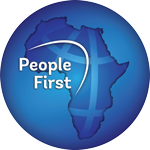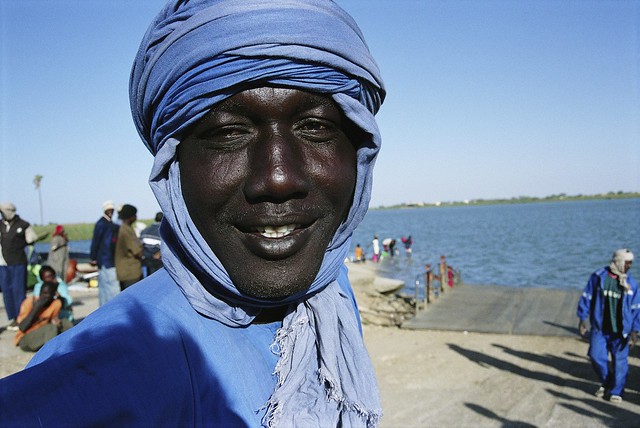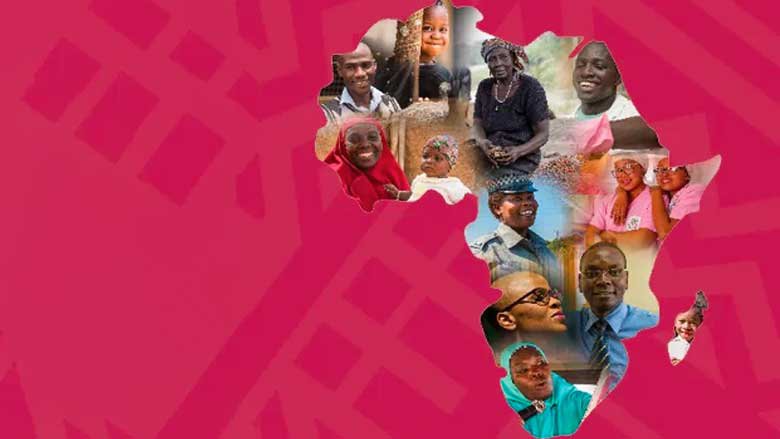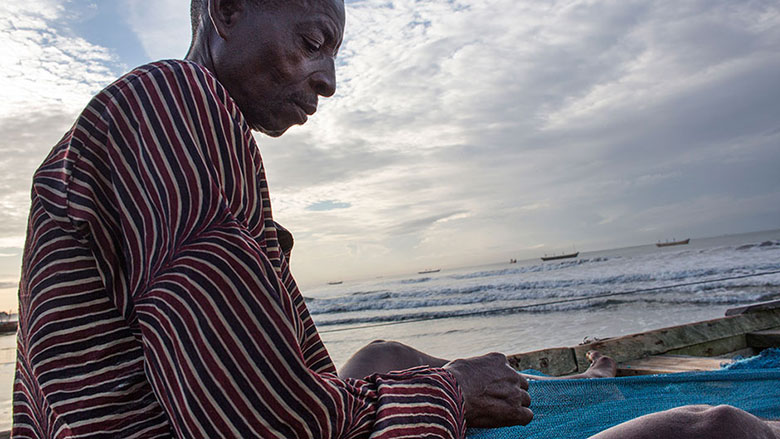Agriculture
The World Bank is funding two projects with the Ministry of Agriculture in Liberia
- The $25M World Bank financed Smallholder Agriculture Transformation and Agribusiness Revitalization Project (STAR-P), set to close by June 30, 2025. The project has made good progress in the implementation of planned activities and has achieved all its key performance indicators. So far, the project has reached 44,386 beneficiaries (against the target of 38,000) with agricultural assets, of which 32,409 (51 percent) are women. Crop yields of beneficiary farmers have significantly increased.
- The $55M Rural Economic Transformation Project (RETRAP) approved by the World Bank Board of Executive Directors on June 4, 2021, is helping to improve productivity and market access for smallholder farmers and Agri-enterprises for selected value chains in Liberia. The World Bank Board also approved the Liberia Rural Economic Transformation Project Additional Financing ($30m) on December 22, 2022, to stimulate domestic food supply response through emergency production support to food crisis affected communities while addressing the underlying vulnerability to such future food security shocks. In December 2023, the World Bank Board of Directors approved a second Additional Financing of $85 million to scale up RETRAP supported investments in establishing basic road connectivity, which is vital to food production, livelihoods strengthening, social inclusion, resilience building, and overall competitiveness of Liberia’s economy. Overall, the project is making steady progress towards achieving many of its key performance indicators. For instance. As of October 2024, the project had reached 64,572 direct beneficiaries (against the target of 96,000) of which 50 percent are women.
Energy
President Boakai signed the Dar-es-Salaam Energy Declaration on providing access to electricity for 300 million people by 2030 (Mission 300). Liberia’s National Energy Compact reflects government’s commitment to doubling electricity access (from 34% to 75%) by providing 100,000 connections per year; expanding the share of renewable energy to 75% through hydropower and solar PV; and transforming the Liberia Electricity Corporation (LEC) into a financially viable organization.
Liberia is developing a 20 MW grid-connected solar plant and planning a 40 MW hydropower expansion at Mt. Coffee Hydropower Plant (MCHPP), both supported through the World Bank-financed RESPITE Project. These pave the way for the 190 MW St. Paul 2 HPP. Liberia is working to attract private investment in power generation. Negotiations are ongoing for a containerized solar PV project with Battery Energy Storage System (BESS), supported by IFC. LEC received expressions of interest for transaction advisory services under the ESMAP Grant through LESSAP Phase 2 (P180498). A Steering Committee, chaired by the Vice President, was established to accelerate Solar IPP bidding by January 2026.
Electricity access increased to 32.7% in 2024, up from 144,947 connections in 2021 to 312,622. Commercial losses dropped from 47.7% in 2021 to 27.5% in 2024. These efforts are supported by the Bank-financed LESSAP Multiphase Programmatic Approach. Phase 1 began in July 2021; Phase 2 became effective in January 2025. The program aims to provide access to 1.25 million people by 2030, including 494,000 through Phase 2.
Liberia has launched key policy reforms through the Liberia Resilient and Inclusive Growth DPF series. Reforms include installation of pre-paid meters, disclosure of key data and audited financials, implementation of multi-year tariffs, adoption of a corporate governance code, and preparation of a power system master plan.
Social Protection
Liberia's REALISE Project: A Beacon of Hope for the Informal Sector
The Recovery of Economic Activity for Liberian Informal Sector Employment (REALISE) Project benefitted approximately 53,000 households or 265,000 individuals across 14 of Liberia’s 15 counties. It aims to increase income-earning opportunities for vulnerable informal sector workers, support poor and food-insecure households, and improve the efficiency of social protection programs. Community development grants have been disbursed to 432 rural communities, significantly improving small-scale infrastructure and livelihoods.
The project created income opportunities for over 29,000 households, including 10,000 temporary jobs for urban informal workers, 4,000 sustained jobs through support to small businesses, and 14,000 jobs through communal farming and community subprojects.
It offered low-cost mobile phones and helped set up mobile money accounts for beneficiaries. REALISE facilitated digital and financial inclusion, particularly in rural areas. Over 2,800 small businesses were supported to gain formal status with the Liberia Business Registry and the Liberia Revenue Authority. With over 80% female participation in the Support to Small Businesses program and 90% in the Social Cash Transfer program, more than 50% of total beneficiaries are women, strengthening economic activity and women’s roles in communities.
Health and Nutrition
There are currently two IDA-financed operations in the health sector in Liberia. The projects focus on reproductive, maternal, newborn, child and adolescent health and nutrition (RMNCAH-N) and health security respectively. The total value of the projects is $103.00 million, and the implementation timelines range from May 2020 to June 2029. In the area of RMNCAH-N, the World Bank is currently supporting the Government of Liberia in the implementation of proven, cost-effective interventions on community and adolescent health; a performance-based financing scheme; provision of specialized training in nursing and midwifery; strengthening systems to improve the availability of core health workers; construction and equipping of a 155-bed capacity hospital for the provision of maternal and child health services; rehabilitation of primary health centers; and procurement of essential medicines, routine vaccines for children, RMNCAH-N products, and medical supplies.
Through the new Health Security Program, approved in December 2023, the World Bank is maintaining its legacy of enhancing health sector performance in Liberia – including through pandemic preparedness as well as disease surveillance and response. The World Bank is also providing context-specific analytical and capacity building support in health financing, systems strengthening, health service delivery, and monitoring and evaluation.
The World Bank’s financial and technical support through previous and ongoing projects has enabled Liberia to increase access to RMNCAH-N services and reduce diseases and deaths among women and children. It has also supported the prevention, control, and management of infectious illnesses such as Ebola, COVID-19, malaria, typhoid, and Lassa fever.
Despite these achievements, Liberia still faces insufficient health infrastructure and human resources, and health sector funding remains low. The country also faces challenges in stunting and acute malnutrition due to a lack of nutrition-specific commodities and rising food and fuel prices, as well as regular disease outbreaks. The ongoing multi-country Mpox outbreak, declared a public health emergency by WHO in August 2024, illustrates this. Liberia has reported 12 confirmed cases in six counties. The World Bank, with the Ministry of Health, mobilized funds from the recently closed COVID-19 Emergency Response Project to support the Mpox response. The Bank-financed Health Security Program is positioned to further respond and help mobilize additional resources.
Last Updated: Apr 01, 2025








